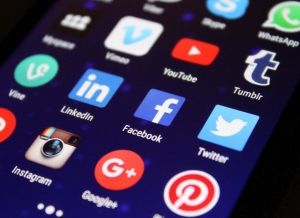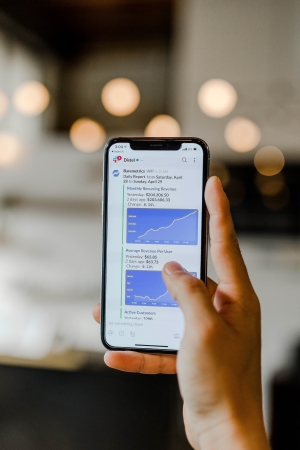Date: January 2020
What Does Your Target Audience Look Like?
Whether you are selling a product or a service, it’s intended for a specific group of customers, or a target market. But do you understand anything about that group of people? This where a target audience comes, which defines that group of people. A target audience is a group of consumers characterised by behaviors and specific demographics, and knowing your target audience can help to influence decision making for a marketing strategy. Finding your target audience takes a lot of work and research so that you can figure out who exactly you want to reach. Below, we have some tips on how to find your target audience.
Why Marketers Should Understand the Customer's Journey
It’s really easy to look at customers as a way to bring in revenue, which is a great misunderstanding of who they are and why are engaging with you. Every customer goes through a purchasing journey, and marketers and business owners desperately need to understand this journey. Never assume that you know what each customer needs! Spend the time and effort to understand what each customer faces when making a purchasing journey so that you can improve. Below, we have some considerations for marketers and business owners who are trying to understand their customer’s journeys.
How B2B Marketers Can Benefit from LinkedIn
With all of the social media platforms available to everyone in 2020, it can be hard for businesses (especially in the B2B sector) to find a way to break through the mold. Because there’s an oversaturation of businesses vying for the attention of their customers and new lead, B2B marketers have to know exactly where to invest their time and energy. B2B marketing involves three social platforms: Facebook, Twitter, and LinkedIn. But are all of these platforms a great fit for your B2B marketing efforts? For B2B marketers, LinkedIn is by far the most trusted channel. Below, we have a few reasons why you should trust LinkedIn as your social media platform in 2020.
Generate More Revenue with Diverse Content
One of the best ways to reach your audience is by using every available resource. Content diversification is all about stretching the boundaries of your creativity. The biggest opportunities that content diversification gives you is the chance to reach more people and generate more revenue. Refuse the temptation to stick to one platform and connect with your audience on all the platforms they use. Give your customers the choice of how they can engage with your brand, and they’ll be more likely to engage regularly. Below, we’ve got a few points to consider when diversifying your content.
Is Your Company Ready for Generation Z?
Now that we’re in 2020, it’s time to start thinking about the next generation of consumers: Generation Z. Born between 1994 and 2014, Generation Z will soon be flooding the market and the workplace. As the first generation to have immediate access to technology for most of their lives, marketers have to completely rethink their approach. If we want to tap into this new audience, we need to understand what they care about, how they consume information, and how to close the deal.
Why You Should Use Storytelling in Content Marketing
Content creation, in its simplest form, is storytelling. Telling stories is part of the fabric of humanity. Starting with cave drawings and folklore, the art of storytelling has transformed into the film industry, one of the fastest-growing and innovative industries today. People go to see movies to get swept up in the drama, romance, and action of the latest narrative. If people have an emotional response to these kinds of stories, what’s keeping them from connecting with your story? Crafting content through the lens of telling a story gives your audience a great opportunity to connect to your brand and your product. Everyone has an interesting story. You just need to figure out how to tell yours. Below, we have some ways that storytelling can dramatically improve your content marketing efforts.











